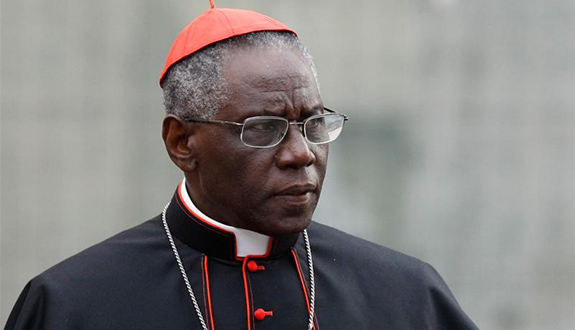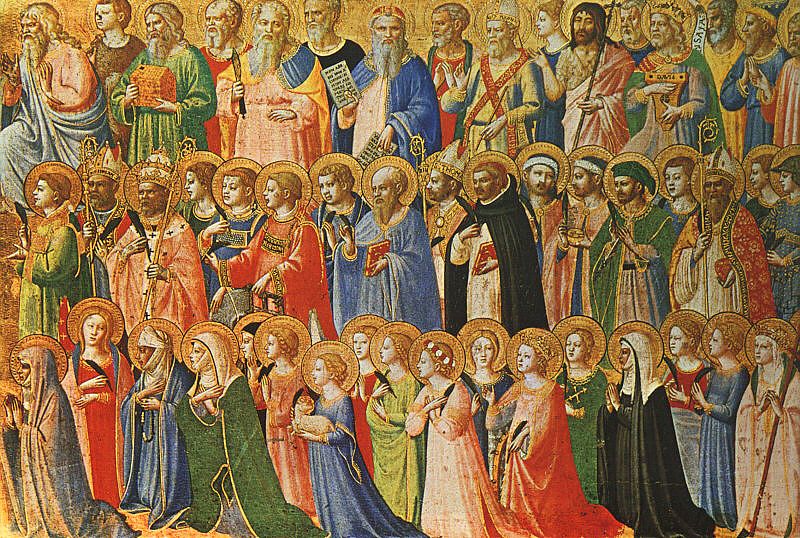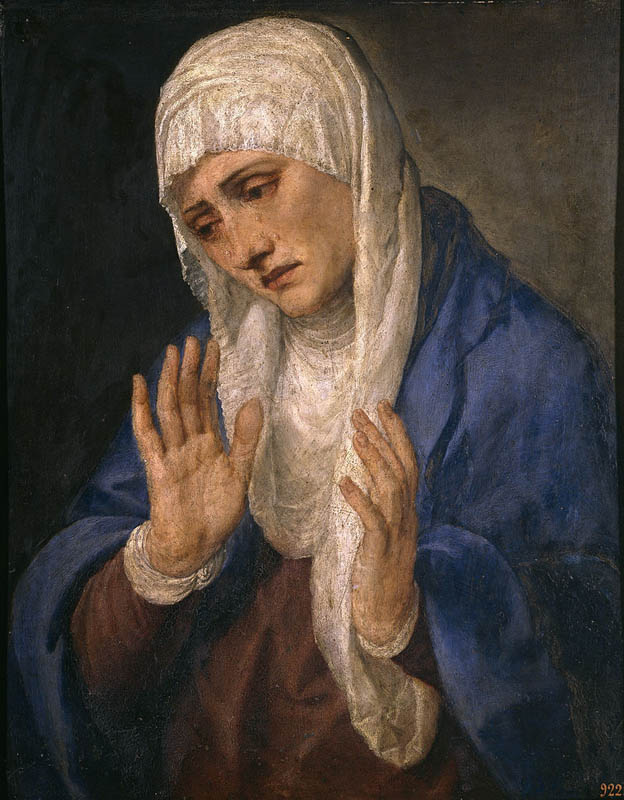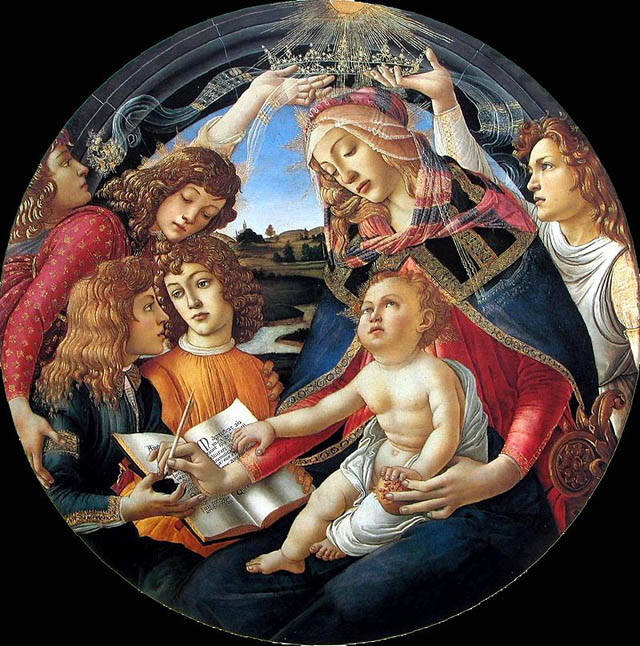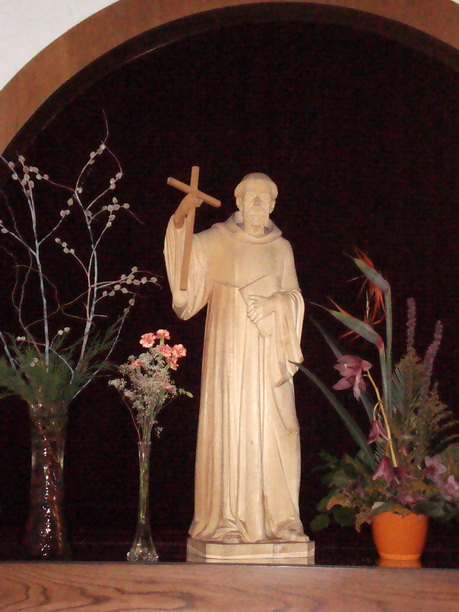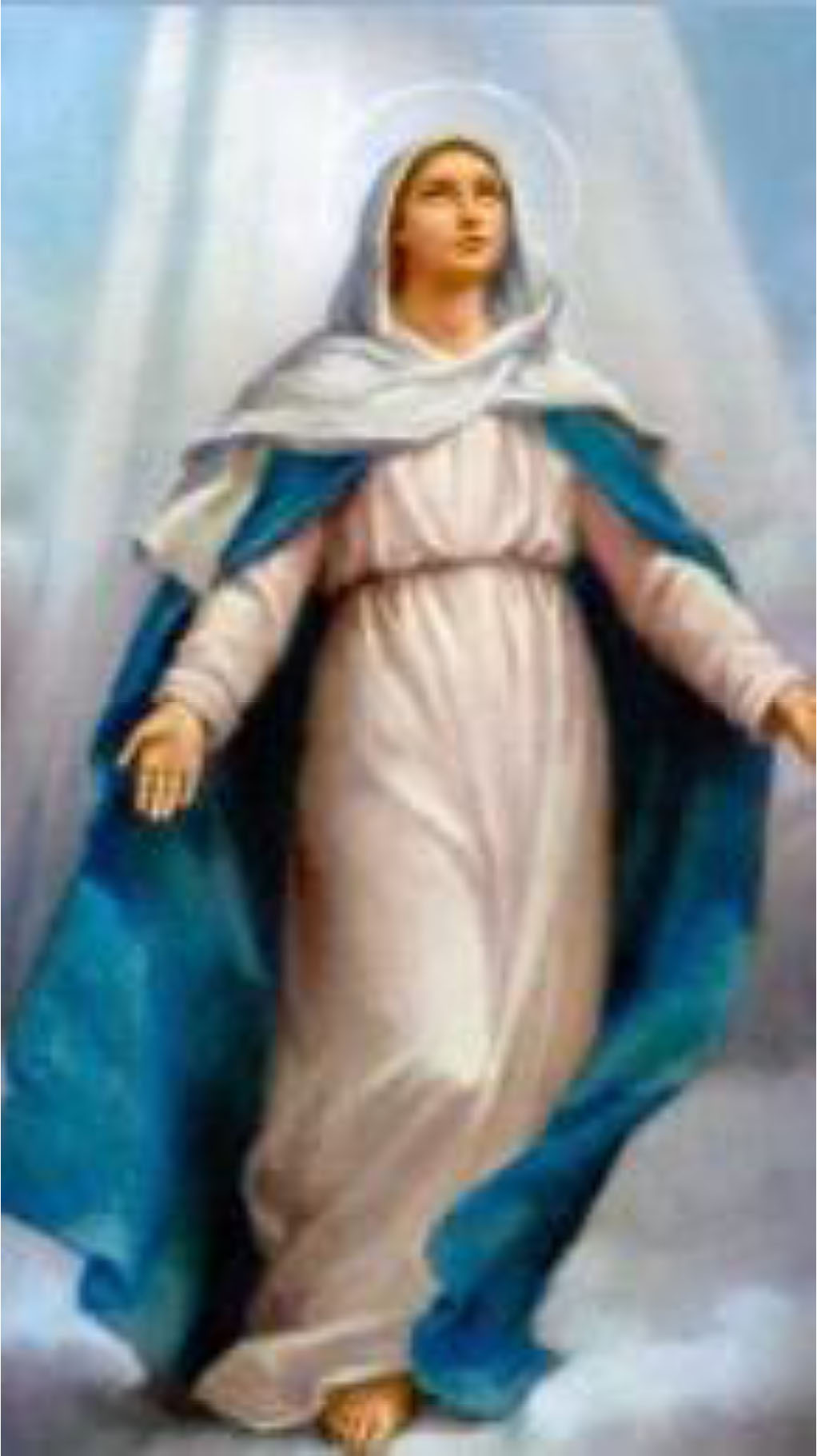Every year, Catholics hear about how Halloween is a Satanic holiday, and ask ” is it ok to celebrate Halloween?” In that vein, as we near All Hallows Eve, aka Halloween, Word on Fire asked some questions of the walking encyclopedia that is Father Steve Grunow, and he responded with everything you ever wanted to know about Halloween and its deeply Catholic roots, and got some pretty good answers. The full interview may be found at:
It’s Time for Catholics to Embrace Halloween
Begging at the door grew from an old English custom of knocking at doors to beg for a “soul cake” in return for which the beggars promised to pray for the dead of the household. In some areas of England, the practice of “Souling” and the making of soul cakes also became a Christmas tradition.
A Traditional Shropshire Soul Cake recipe: (Yield: 18-24 cakes, according to size)
INGREDIENTS:
- 6 cups sifted all purpose flour
- 1/2 cup butter
- 1/2 cup sugar
- 1 envelope active dry yeast
- 1/4 cup lukewarm water
- 1 egg white, slightly beaten
- 1 teaspoon sugar
- 2 cups milk
- 2 teaspoons salt
- 4 teaspoons cinnamon
- 1/8 teaspoon nutmeg
DIRECTIONS:
Cream shortening and sugar. Dissolve yeast in 1/2 cup lukewarm water to which a teaspoon of sugar has been added. Set aside. Scald milk and add to the creamed mixture. When cooled add yeast mixture and stir until thoroughly blended. Sift together flour, salt, and spices, and add gradually to other ingredients, kneading into a soft dough. Set sponge to rise in warm place in greased covered bowl. When doubled in bulk, shape into small round or oval buns. Brush tops with slightly beaten egg white. Bake in moderately hot oven (400° F.) for 15 minutes. Drop temperature to 350 ° F. and bake until delicately browned and thoroughly done.
From National Geographic:
“For the first time in centuries, scientists have exposed the original surface of what is traditionally considered the tomb of Jesus Christ. Located in the Church of the Holy Sepulchre in the Old City of Jerusalem, the tomb has been covered by marble cladding since at least 1555 A.D., and most likely centuries earlier….”
The full article with videos may be read HERE:
“..and was crucified also for us under Pontius Pilate..”
The greatest legacy that Pilate would have never expected is probably that line in the Nicene Creed. Pilate was as the fifth prefect of the Roman province of Judaea from AD 26–36. He served under Emperor Tiberius, and is best known today for the trial and crucifixion of Jesus Christ. There are few if any historical records of the man and his rule, save for some accounts of his actions recorded by the Jewish chroniclers Philo and Josephus . Both report that Pilate repeatedly caused near-insurrections among the Jews because of his insensitivity to Jewish customs.
In addition there is a description of Pilate by the Jewish historian Philo, that states that Pilate had “vindictiveness and furious temper”, and was “naturally inflexible, a blend of self-will and relentlessness”. Referring to Pilate’s governance, Philo further describes “his corruption, and his acts of insolence, and his rapine, and his habit of insulting people, and his cruelty, and his continual murders of people untried and uncondemned, and his never ending, and gratuitous, and most grievous inhumanity.”
There was little, if any hard archaeological evidence for the man, and there were, indeed, some modern liberalists ,who would argue that Pilate was a construct of the Gospels. However, there was discovered in 1961, by a team of Italian archaeologists led by Dr. Antonio Frova while excavating in the area of an ancient theatre built by decree of Herod the Great around 22-10 BC, along with the entire city of Caesarea, a fragment of the dedicatory inscription of a later building, probably a temple, that was constructed, possibly in honour of the Emperor Tiberius, dating to 26–36 AD. The stone bears a partial inscription:
- [DIS AUGUSTI]S TIBERIÉUM
- […PO]NTIUS PILATUS
- […PRAEF]ECTUS IUDA[EA]E
- […FECIT D]E[DICAVIT]
The translation from Latin to English for the inscription reads:
- To the Divine Augusti [this] Tiberieum
- …Pontius Pilate
- …prefect of Judea
- …has dedicated [this]
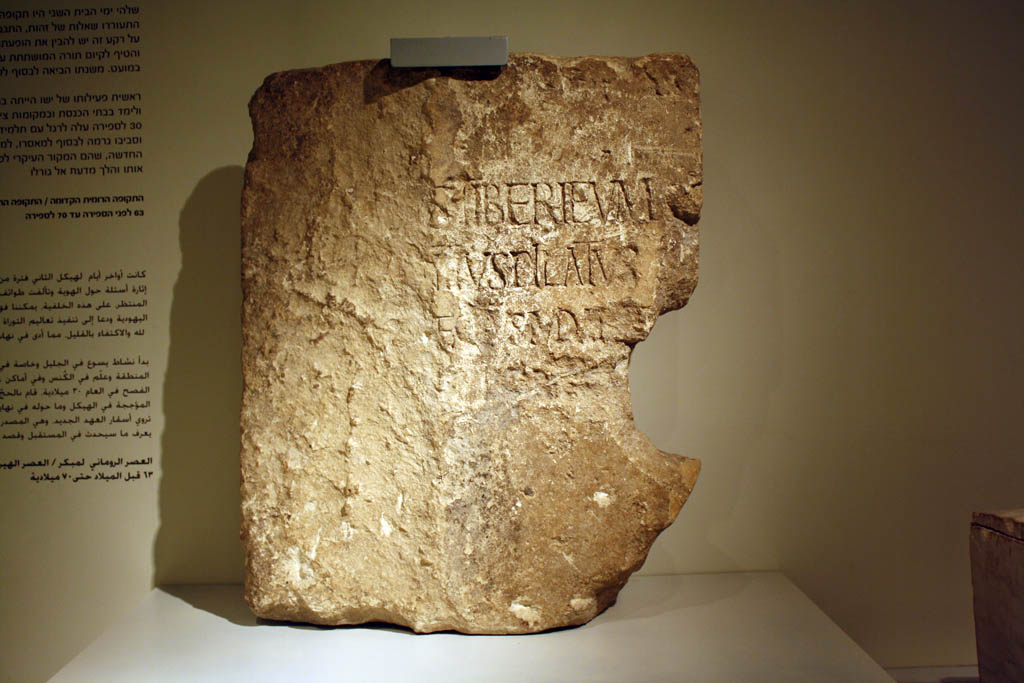
The Pilate Stone currently is preserved in the Museum of Israel.
article by HAC – image courtesy Museum of Israel
The Vatican’s Congregation for the Doctrine of the Faith on Tuesday published a new instruction on the burial of the dead and on the conservation of the ashes in cases of cremation.
The full document may be read HERE:
From The Catholic World Report:
“In a wide-ranging interview with “La Nef”, Cardinal Sarah discusses his new book, published in France, saying, “By living with the silent God, and in Him, we ourselves become silent.”
The full article may be read HERE:
Edmonton, September 14, 2016 The Roman Catholic Bishops of Alberta and the Northwest Territories have issued some new guidance for priests, deacons, and pastoral workers in caring for individuals and families in difficult contemporary situations.
These letters may be found at the following link:
From Bishop Robert Barron’s “The Word of Fire” :
“While helping me with a tech problem, Word on Fire content director, Brandon Vogt, described modern internet processing as analogous to the Church’s intercessory prayer with the communion of saints. With this comparison in mind, here is a little reflection on prayer and the ‘communio sanctorum’.”
Read the full article HERE:
From the CCCB website:
“The Episcopal Commission for Doctrine of the Canadian Conference of Catholic Bishops (CCCB) has released a new document entitled “The Co-responsibility of the lay Faithful in the Church and the World“. This pastoral letter explores the great responsibility of the laity in God’s plan for the world, in which they are not simply collaborators of the clergy but are truly “co-responsible” for the Church’s being and acting. It notes the unique mission of the laity as being “in the world” and transforming it from within through their life and witness. It also discusses the danger of clericalism, and considers several areas of society today that stand in need of the transforming power of the Gospel brought by the Church’s lay faithful in communion with members of the clergy and consecrated life.
The Bishops of the Commission insist on the importance of promoting the lay vocation. “Bishops and priests must do their utmost to foster the sense of the co- responsibility of the laity. The daily contact with the internal life of the Church must not lead the hierarchy and clergy to mistrust the authentic responsibility of the laity, even implicitly, nor should it lead them to reduce that responsibility merely to consultation on material or worldly matters” (no. 9).
Dated the Feast of the Nativity of the Blessed Virgin Mary, September 8, 2016, the Bishops conclude their document by expressing their hope that “all the members of the Body of Christ take up together the responsibility of bringing Christ, the only Saviour, to the world, in a spirit of family, friendship, and communion.”
The letter may be viewed HERE on the CCCB website
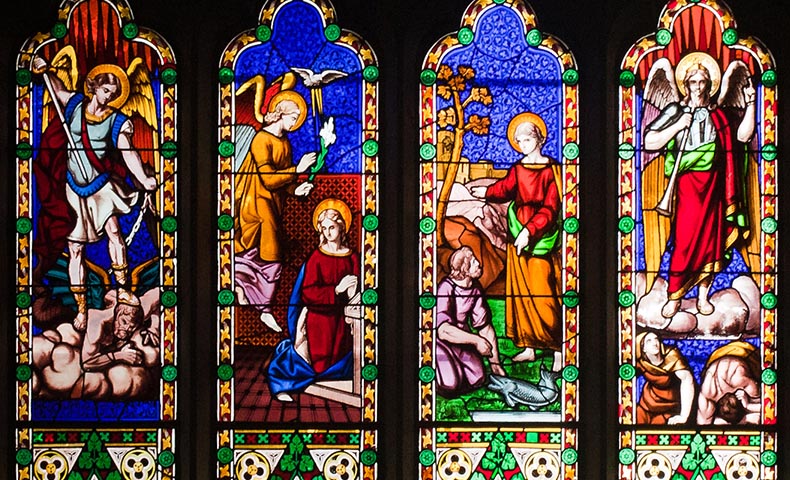
East window by Frederick Settle Barff (1823–1886
Today we celebrate the feast of these three archangels who are venerated in the tradition of the Church. Michael (Who is like God?) was the archangel who fought against Satan and all his evil angels, defending all the friends of God. He is the protector of all humanity from the snares of the devil. Gabriel (Strength of God) announced to Zachariah the forthcoming birth of John the Baptist, and to Mary, the birth of Jesus. His greeting to the Virgin, “Hail, full of grace,” is one of the most familiar and frequent prayers of the Christian people. Raphael (Medicine of God) is the archangel who took care of Tobias on his journey.
The Catechism of the Catholic Church teaches us that, “[T]he existence of the spiritual, non-corporeal beings that Sacred Scripture usually calls “angels” is a truth of faith. The witness of Scripture is as clear as the unanimity of Tradition.”
Angels are pure, created spirits. The word angel means servant or messenger of God. Each of these archangels performs a different mission in Scripture: Michael protects; Gabriel announces; Raphael guides.
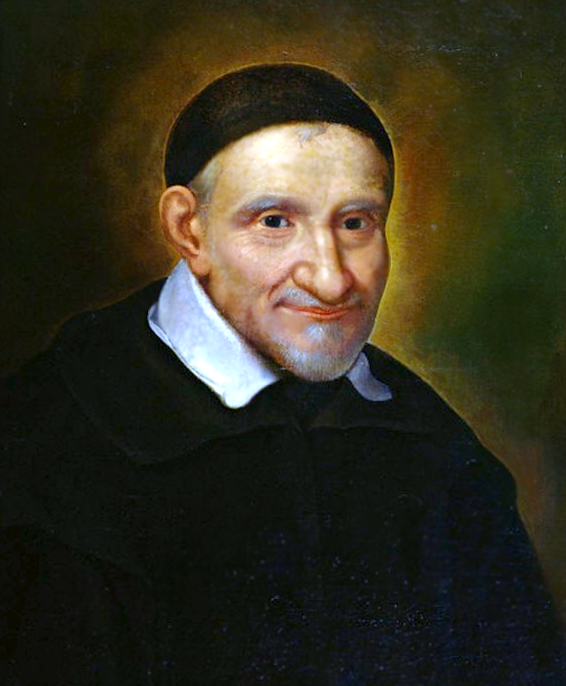
image – Paul Simon Francois de Tours – 17thC
St. Vincent de Paul was born to a poor peasant family in the French village of Pouy on April 24, 1581. His first formal education was provided by the Franciscans. He did so well, he was hired to tutor the children of a nearby wealthy family. He used the monies he earned teaching to continue his formal studies at the University of Toulose where he studied theology.
While there he became a chaplain to the Count of Goigny and was placed in charge of distributing money to the deserving poor. He became pastor of a small parish in Clichy for a short period of time, while also serving as a tutor and spiritual director.
From that point forward he spent his life preaching missions to and providing relief to the poor. He even established hospitals for them. This work became his passion. He later extended his concern and ministry to convicts. The need to evangelize and assist these souls was so great and the demands beyond his own ability to meet that he founded the Ladies of Charity, a lay institute of woman, to help, as well as a religious institute of priests – the Congregation of Priests of the Mission, commonly referred to now as the Vincentians.
Two miracles have been attributed to St Vincent – a nun cured of ulcers and a laywoman cured of paralysis. As a result of the first, Pope Benedict XIII beatified him on August 13, 1729. Less than 8 years later (on June 16, 1737) he was canonized by Pope Leo XIII. The Bull of Canonization recognized Vincent for his charity and reform of the clergy, as well as for his early role in opposing Jansenism.
In an article on the Catholic Diocese of Calgary website, Bishop McGrattan discusses why maintaining the Catholic ethos and identity of our schools is critical in light of the growing argument that the practice of having separate Catholic schools should be ended.
The full article may be read here – The Wholeness of Catholic Education
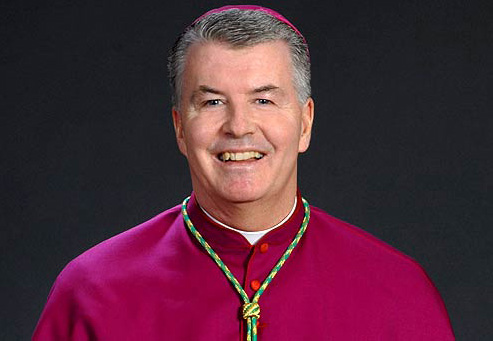
Devotion to the Seven Sorrows of Our Lady has its roots in Sacred Scripture and in Christian piety, which always associates the Blessed Mother with her suffering Son. This feast dates back to the 12th century. It was especially promoted by the Cistercians and the Servites, so much so that in the 14th and 15th centuries it was widely celebrated throughout the Catholic Church. In 1482 the feast was added to the Missal under the title of “Our Lady of Compassion.” Pope Benedict XIII added it to the Roman Calendar in 1727 on the Friday before Palm Sunday. In 1913, Pope Pius X fixed the date on September 15. The title “Our Lady of Sorrows” focuses on Mary’s intense suffering during the passion and death of Christ.
After the death and resurrection of Christ, both the Jewish and Roman authorities in Jerusalem made efforts to obscure the Holy Sepulchre. The earth had been mounded up over the site, and pagan temples had been built on top of it. The Cross on which Christ had died had been hidden (tradition said) by the Jewish authorities somewhere in the vicinity. According to tradition, first mentioned by Saint Cyril of Jerusalem in 348, Saint Helena, the mother of the Emperor Constantine, decided under divine inspiration to travel to Jerusalem in order to excavate the Holy Sepulchre and attempt to locate the True Cross. A Jew by the name of Judas, aware of the tradition concerning the hiding of the Cross, led those excavating the Holy Sepulchre to the spot in which it was hidden. Three crosses were found on the spot. According to one tradition, the inscription Iesus Nazarenus Rex Iudaeorum (“Jesus of Nazareth, King of the Jews”) remained attached to the True Cross. In a more well known tradition, the inscription was missing, and Saint Helena devised an experiment to determine which was the True Cross. She had the three crosses were taken to a woman who was near death, who when she touched the True Cross, she was healed.
In celebration of the discovery of the Holy Cross, Constantine ordered the construction of churches at the site of the Holy Sepulchre and on Mount Calvary. Those churches were dedicated on September 13 and 14, 335, and shortly thereafter the Feast of the Exaltation of the Holy Cross began to be celebrated on the latter date. The feast slowly spread from Jerusalem to other churches, until, by the year 720, the celebration was universal.
Jerome was a presbyter, confessor, theologian and historian. He was the son of Eusebius, born at Stridon, a village near Emona on the border of Dalmatia and Pannonia, then part of northeastern Italy. He is best known for his translation of most of the Bible into Latin (the translation that became known as the Vulgate), and his commentaries on the Gospels. His list of writings is extensive.
The protégé of Pope Damasus I, who died in December of 384, Jerome was known for his teachings on Christian moral life, especially to those living in cosmopolitan centers such as Rome. In many cases, he focused his attention to the lives of women and identified how a woman devoted to Jesus should live her life. This focus stemmed from his close patron relationships with several prominent female ascetics who were members of affluent senatorial families.
He is recognized as a Saint and Doctor of the Church.
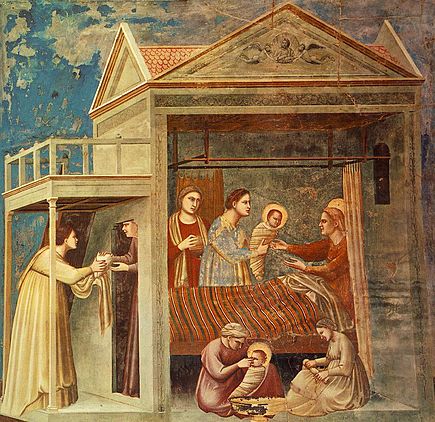
Image – Birth of the Virgin – Giotto, 1305
The Feast of the Nativity of the Blessed Virgin Mary, the day on which Christians East and West commemorate the birth of Mary, the Mother of God, was celebrated as early as the sixth century. We know that Saint Romanos the Melodist, an Eastern Christian, who composed many of the hymns used in the Eastern Catholic and Eastern Orthodox liturgies, composed a hymn for the feast at that time. A September birth was chosen because the Eastern Church begins its Church year with September. The September 8 date helped determine the date for the feast of the Immaculate Conception on December 8.
It is also an unusual feast, because it celebrates a birthday. There are only three people whose birthdays have traditionally been celebrated by Christians. Jesus Christ, at Christmas; Saint John the Baptist; and the Blessed Virgin Mary. We celebrate these birthdays for the same reason: All three were born without Original Sin. Christ, because He was conceived by the Holy Spirit; Mary, because she was kept free from the stain of Original Sin by the action of God in His foreknowledge that she would agree to be the mother of Christ; and Saint John, because he was blessed in the womb by the presence of his Savior when Mary, pregnant with Jesus, came to aid her cousin Elizabeth in the final months of Elizabeth’s pregnancy.
“Impart to your servants, we pray, O Lord, the gift of heavenly grace, that the feast of the Nativity of the Blessed Virgin may bring deeper peace to those for whom the birth of her Son was the dawning of salvation. Through our Lord Jesus Christ, your Son, who lives and reigns with you in the unity of the Holy Spirit, one God, for ever and ever.”
A Christian at 33, a priest at 36, a bishop at 41: Many people are familiar with the biographical sketch of Augustine of Hippo, sinner turned saint.
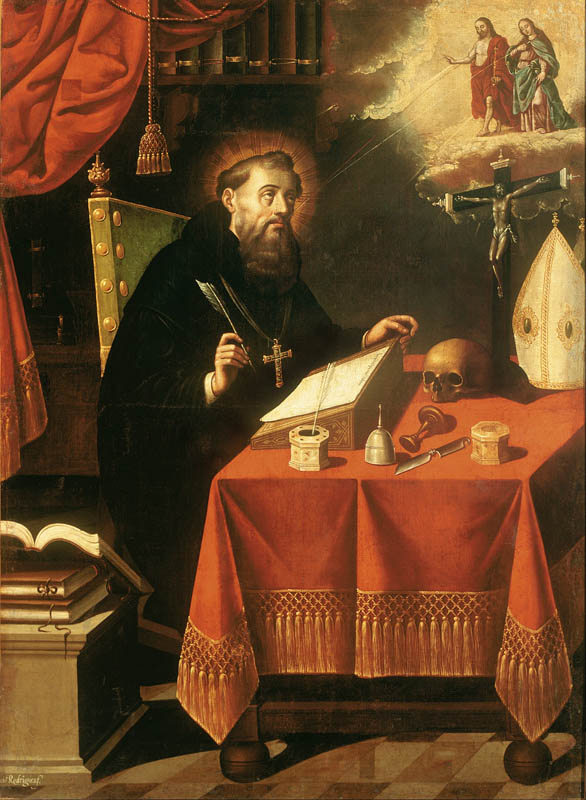
Image – Antonio Rodriguez – 1650
Augustine was born in the year 354 AD in the municipium of Thagaste (now Souk Ahras, Algeria) in Roman Africa. His mother, Monica or Monnica, was a devout Christian; his father Patricius was a Pagan who converted to Christianity on his deathbed. Scholars generally agree that Augustine and his family were Berbers, an ethnic group indigenous to North Africa, but that they were heavily Romanized, speaking only Latin at home as a matter of pride and dignity.
In the summer of 386, at the age of 31, after having heard and been inspired and moved by the story of Ponticianus’s and his friends’ first reading of the life of Saint Anthony of the Desert, Augustine converted to Christianity. As Augustine later told it, his conversion was prompted by a childlike voice he heard telling him to “take up and read” (Latin: tolle, lege), which he took as a divine command to open the Bible and read the first thing he saw. Augustine read from Paul’s Epistle to the Romans – the so-called “Transformation of Believers” section, consisting of chapters 12 through 15 – wherein Paul outlines how the Gospel transforms believers, and the believers’ resulting behaviour. The specific part to which Augustine opened his Bible was Romans chapter 13, verses 13 and 14, to wit:
Not in rioting and drunkenness, not in chambering and wantonness, not in strife and envying, but put on the Lord Jesus Christ, and make no provision for the flesh to fulfill the lusts thereof.
He later wrote an account of his conversion – his very transformation, as Paul described – in his Confessions (Latin: Confessiones), which has since become a classic of Christian theology and a key text in the history of autobiography. This work is an outpouring of thanksgiving and penitence. Although it is written as an account of his life, the Confessions also talks about the nature of time, causality, free will, and other important philosophical topics. The following is taken from that work:
“Late have I loved Thee, O Lord; and behold,
Thou wast within and I without, and there I sought Thee.
Thou was with me when I was not with Thee.
Thou didst call, and cry, and burst my deafness.
Thou didst gleam, and glow, and dispell my blindness.
Thou didst touch me, and I burned for Thy peace.
For Thyself Thou hast made us,
And restless our hearts until in Thee they find their ease.
Late have I loved Thee, Thou Beauty ever old and ever new.”
“Let the entire body of the faithful pour forth persevering prayer to the Mother of God and Mother of men. Let them implore that she who aided the beginnings of the Church by her prayers may now, exalted as she is in heaven above all the saints and angels, intercede with her Son in the fellowship of all the saints. May she do so until all the peoples of the human family, whether they are honored with the name of Christian or whether they still do not know their Savior, are happily gathered together in peace and harmony into the one People of God, for the glory of the Most Holy and Undivided Trinity” (Vatican II, Dogmatic Constitution on the Church, 69).
Pius XII established this feast in 1954. But Mary’s queenship has roots in Scripture. Her queenship is a share in Jesus’ kingship. We can also recall that in the Old Testament the mother of the king has great influence in court. Hymns written in the 11th and 13th centuries refer to Mary as queen: “Hail, Holy Queen,” “Hail, Queen of Heaven,” “Queen of Heaven.”
Adviser of popes, preacher of the Second Crusade, defender of the faith, healer of a schism, reformer of a monastic Order, Scripture scholar, theologian and eloquent preacher: any one of these titles would distinguish an ordinary man. Yet Bernard was all of these.
After the death of his mother, Bernard sought admission into the Cistercian order. Three years later, he was sent to found a new abbey at an isolated clearing in a glen known as the Val d’Absinthe, about 15 kilometres southeast of Bar-sur-Aube. According to tradition, Bernard founded the monastery on 25 June 1115, naming it Claire Vallée, which evolved into Clairvaux, (the valley of light.) Within four years a dying community had recovered enough vitality to establish a new house in the nearby valley of Wormwoods, with Bernard as abbot. Bernard was quite demanding, though more on himself than others. A slight breakdown of health taught him to be more patient and understanding.
There Bernard would preach an immediate faith, in which the intercessor was the Virgin Mary. In the year 1128, Bernard attended the Council of Troyes, at which he traced the outlines of the Rule of the Knights Templar, which soon became the ideal of Christian nobility.
On the death of Pope Honorius II ,a schism broke out in the Church,and Bernard was chosen to judge between the rivals for pope. Bernard spoke with King Henry I of England, also known as Henry Beauclerc, about Henry I’s reservations regarding Pope Innocent II. Henry I was sceptical because most of the bishops of England supported Antipope Anacletus II; Bernard persuaded him to support Innocent. At the end of 1131, the kingdoms of France, England, Germany, Portugal, Castile, and Aragon supported Innocent; however, most of Italy, southern France, and Sicily, with the patriarchs of Constantinople, Antioch, and Jerusalem, supported Anacletus. Bernard set out to convince these other regions to rally behind Innocent. The whole conflict ended when Anacletus died on 25 January 1138. In 1139, Bernard assisted at the Second Council of the Lateran. Bernard denounced the teachings of Peter Abelard to the pope, who called a council at Sens in 1141 to settle the matter. Bernard soon saw one of his disciples elected as Pope Eugene III. Having previously helped end the schism within the church, Bernard was now called upon to combat heresy. In June 1145, Bernard traveled in southern France and his preaching there helped strengthen support against heresy.
Following the Christian defeat at the Siege of Edessa, the pope commissioned Bernard to preach the Second Crusade. The last years of Bernard’s life were saddened by the failure of the crusaders, the entire responsibility for which was thrown upon him. Bernard died at age 63, after 40 years spent in the cloister. He was the first Cistercian placed on the calendar of saints, and was canonized by Pope Alexander III on 18 January 1174. In 1830 Pope Pius VIII bestowed upon Bernard the title “Doctor of the Church”.
“In dangers, in doubts, in difficulties, think of Mary, call upon Mary. Let not her name depart from your lips, never suffer it to leave your heart. And that you may more surely obtain the assistance of her prayer, neglect not to walk in her footsteps. With her for guide, you shall never go astray; while invoking her, you shall never lose heart; so long as she is in your mind, you are safe from deception; while she holds your hand, you cannot fall; under her protection you have nothing to fear; if she walks before you, you shall not grow weary; if she shows you favor, you shall reach the goal” (St. Bernard).
On November 1, 1950, Pius XII defined the Assumption of Mary to be a dogma of faith: “We pronounce, declare and define it to be a divinely revealed dogma that the immaculate Mother of God, the ever Virgin Mary, having completed the course of her earthly life, was assumed body and soul to heavenly glory.”
In Munificentissimus Deus, near the end of the review of the doctrine’s history, Pope Pius XII stated : “All these proofs and considerations of the holy Fathers and the theologians are based upon the Sacred Writings as their ultimate foundation.” Precedent to this, he cited many passages that have been offered in support of this teaching. The Pope cited 1st Corinthians 15. In this passage Paul alludes to Genesis 3:15 (in addition to the primary reference of Psalms 8:6), where it is prophesied that the seed of the woman will crush Satan with his feet. Since, then, Jesus arose to Heaven to fulfill this prophecy, it follows that the woman would have a similar end, since she shared this enmity with Satan.
“In the bodily and spiritual glory which she possesses in heaven, the Mother of Jesus continues in this present world as the image and first flowering of the Church as she is to be perfected in the world to come. Likewise, Mary shines forth on earth, until the day of the Lord shall come (cf. 2 Peter 3:10), as a sign of certain hope and comfort for the pilgrim People of God” (Vatican II, Dogmatic Constitution on the Church, 68).
“O merciful and loving Mother, may your glorious beauty fill our hearts with a distaste for earthly things and an ardent longing for the joys of Heaven.May your merciful eyes glance down upon our struggles and our weakness in this vale of tears.”
“Pope Francis wants us to be fully aware of what it means to be baptized, to rejoice in the gift, and to embrace completely the Christian way of living. So, let us ask: “What does it mean to follow Jesus?” In fact, that question can be answered rather simply. It is a matter of listening and doing. An authentic disciple of Jesus Christ is one who first listens to his Word and then puts it into practice.”
Pastoral Letter: A Call to the Clergy and Lay Faithful of the Archdiocese of Edmonton. In this September 2017 letter, Archbishop Smith guides us in how we can listen and do as disciples of Jesus Christ in the Archdiocese of Edmonton.
Download this letter in the format of your choice:
Blue cover, 14 page booklet (PDF)
Text-only on letterhead, 8 pages (PDF)
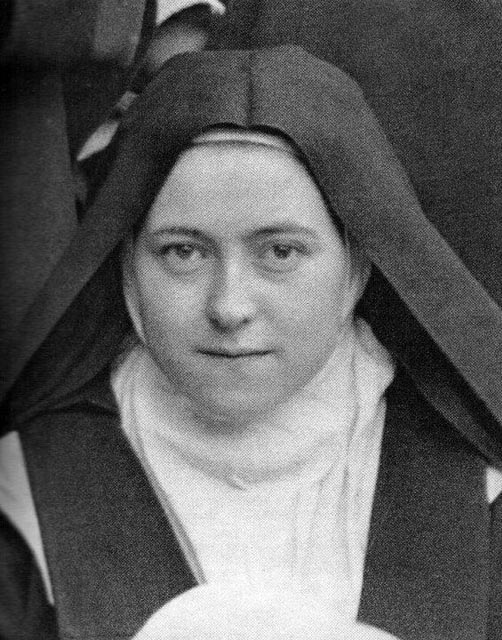
Detail of St. Therese of the Child Jesus in the photograph taken in the courtyard of the monastery of Lisieux Easter Monday, April 15, 1894 – Archivos del Carmelo de Lisieux.
Saint Thérèse of Lisieux (born Marie Françoise-Thérèse Martin; January 2, 1873 – September 30, 1897), or Saint Thérèse of the Child Jesus and the Holy Face, O.C.D., was a Roman Catholic French Discalced Carmelite nun widely venerated in modern times. She is popularly known as “The Little Flower of Jesus” or simply “The Little Flower”.
Thérèse has been a highly influential model of sanctity for Catholics and for others because of the “simplicity and practicality of her approach to the spiritual life”. Together with Saint Francis of Assisi, she is one of the most popular saints in the history of the church. Pope Pius X called her “the greatest saint of modern times” while his successor, Pope Pius XI accorded her as the Patroness of the Gardens of Vatican City on 11 May 1927, granting her the title as the “Sacred Keeper of the Gardens'”
Thérèse felt an early call to religious life, and overcoming various obstacles, in 1888 at the early age of 15, she became a nun and joined two of her elder sisters in the cloistered Carmelite community of Lisieux, Normandy. After nine years as a Carmelite religious, having fulfilled various offices such as sacristan and assistant to the novice mistress, and having spent her last eighteen months in Carmel in a night of faith, she died of tuberculosis at the age of 24. Her feast day is on October 1. Thérèse is well known throughout the world, with the Basilica of Lisieux being the second-largest place of pilgrimage in France after Lourdes.
Having received our Blessed Lord in Holy Communion, it is important for us to take some silent moments to speak with Christ who now reigns in our bodies! Those silent moments that we spend with Him can be among the most intimate encounters we can have with Christ in this life.
A PDF version may be read HERE:
Part one of the video series may be viewed HERE:
Part two of the video series may be viewed HERE:
Part three of the video series may be viewed HERE:
Part four of the video series may be viewed HERE:
Part five of the video series may be viewed HERE:
Part 6 of the video series may be viewed HERE:
Part 7 of the video series may be viewed HERE:
Part 8 of the video series may be viewed HERE:
Part 9 of the video series may be viewed HERE:
Part 10 of the video series may be viewed HERE:
The name for that which we have all experienced, ‘The Mass’, comes from the Latin word ‘Missa’, meaning; “The Sending!” Having been divinized by God the Father through his Son, and in the Holy Spirit, we are now ready to be sent out into the world in the same way that the Son was originally sent from Heaven to earth.
“I give you a new commandment: ‘Love one another as I have loved you.” (John 13:34)
A PDF Version is available HERE:
Part one of the video series may be viewed HERE:
Part two of the video series may be viewed HERE:
Part three of the video series may be viewed HERE:
Part four of the video series may be viewed HERE:
Part five of the video series may be viewed HERE:
Part 6 of the video series may be viewed HERE:
Part 7 of the video series may be viewed HERE:
Part 8 of the video series may be viewed HERE:
Part 9 of the video series may be viewed HERE:
Part 10 of the video series may be viewed HERE:
Part 11 of the video series may be viewed HERE:
In the last 50 years, great effort has gone into restoring the image of the Eucharist as a banquet being a fitting image. While it certainly is not the most important image, it definitely is one; especially because of the Mass prefiguring the eternal banquet – the Supper of the Lamb – to which we are all invited.
A PDF version is available HERE:
Part one of the video series may be viewed HERE:
Part two of the video series may be viewed HERE:
Part three of the video series may be viewed HERE:
Part four of the video series may be viewed HERE:
Part five of the video series may be viewed HERE:
Part 6 of the video series may be viewed HERE:
Part 7 of the video series may be viewed HERE:
Part 8 of the video series may be viewed HERE:
Part 9 of the video series may be viewed HERE:
“When I am lifted up from the earth, will draw all things to myself.” (John 12:32) Is this not what occurs at Mass, all creation should bow before him as he is raised up in the hands of a priest for all to behold! We come to Mass to adore the Lord and offer sacrifice, united to the priest, at Mass then, we come to share in the sacrifice of Jesus Christ.”
A PDF version is available HERE:
Part one of the video series may be viewed HERE:
Part two of the video series may be viewed HERE:
Part three of the video series may be viewed HERE:
Part four of the video series may be viewed HERE:
Part five of the video series may be viewed HERE:
Part 6 of the video series may be viewed HERE:
Part 7 of the video series may be viewed HERE:
Part 8 of the vide0o series may be viewed HERE:
